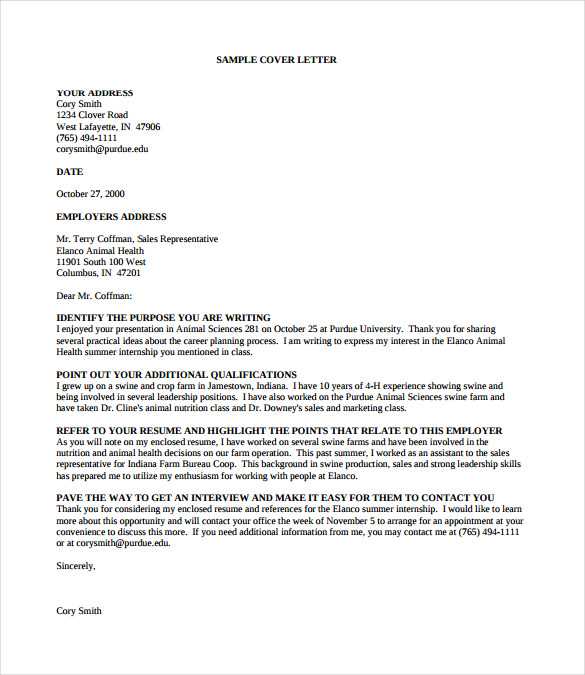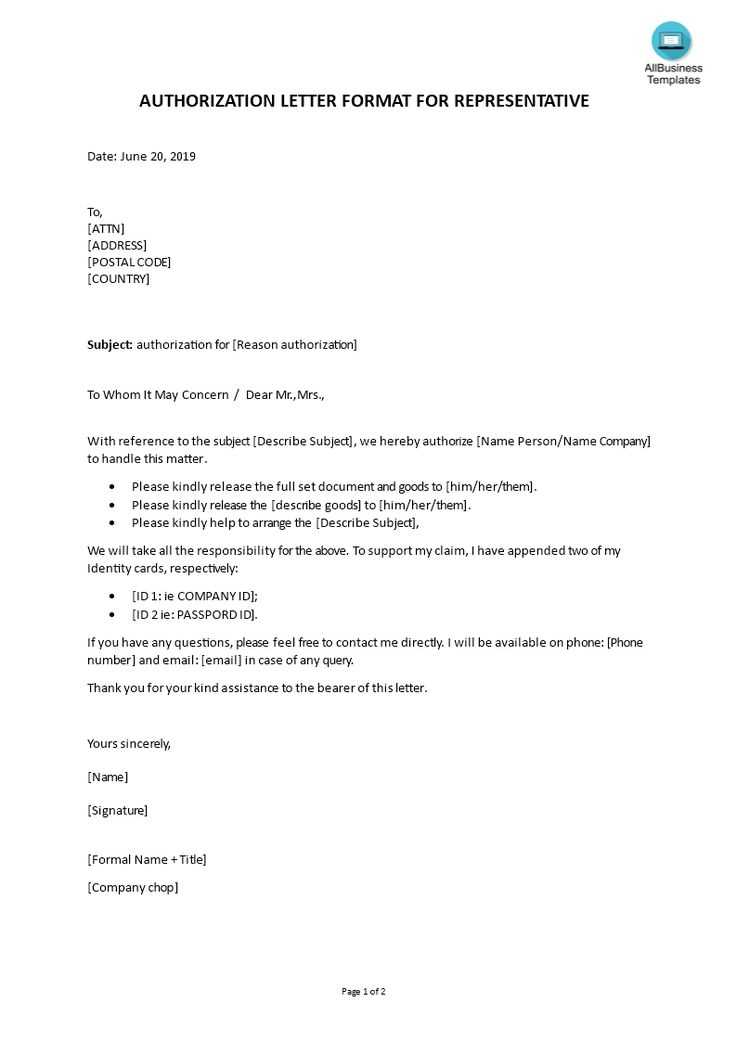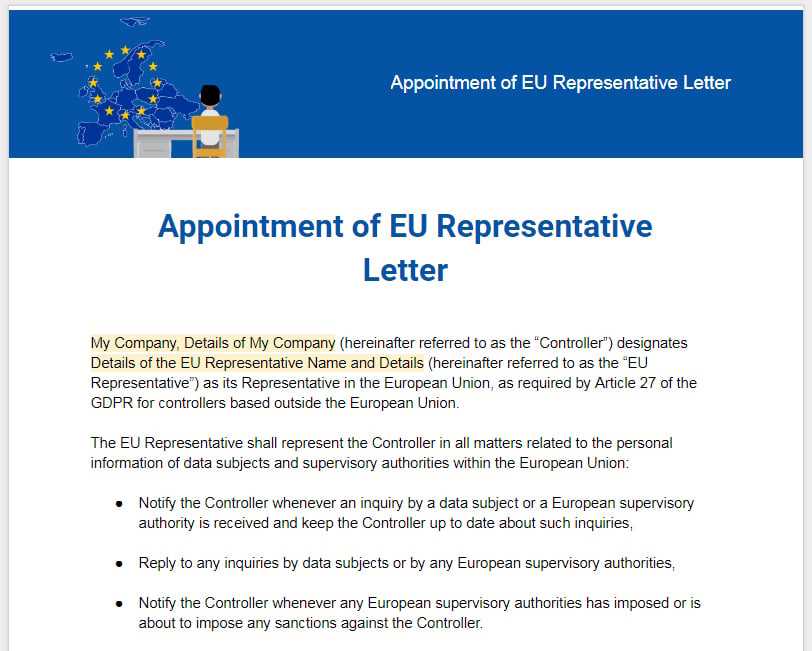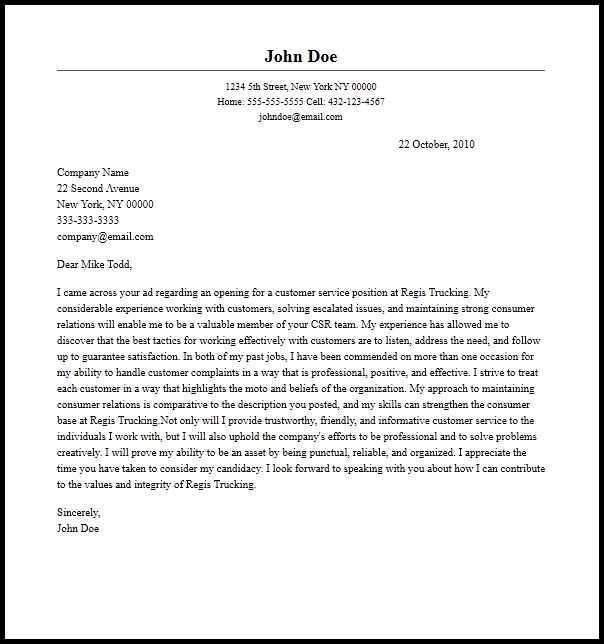Letter to State Representative Template for Effective Advocacy

Advocating for issues that matter to you can make a significant difference. When addressing your concerns to those in power, crafting a clear and concise message is essential. Expressing your views with respect and purpose can lead to greater influence in the decision-making process.
Understanding the right structure and approach is key to ensuring that your message is received and taken seriously. A well-organized and thoughtful message can increase the chances of a positive response, leading to actionable outcomes. Whether you’re advocating for a cause or seeking support for a policy change, knowing how to communicate effectively is crucial.
How to Address Your Lawmaker
When contacting an elected official, it is important to approach the situation with both respect and clarity. The way you structure your communication can impact its effectiveness. Starting with a proper greeting and using formal language sets a professional tone, ensuring that your message is taken seriously.
Choosing the Right Salutation
The greeting you use plays a vital role in showing respect for the office held by the individual you’re addressing. Begin with a formal salutation such as “Dear [Title] [Last Name],” ensuring that you are using the correct title, whether it’s “Senator,” “Governor,” or another appropriate form of address.
Keeping It Professional and Polite
Maintain a courteous tone throughout the message, regardless of the nature of your request. Clearly state your purpose and avoid emotional or aggressive language. A respectful approach increases the likelihood that your concerns will be seriously considered.
Key Elements of an Effective Message

For a communication to be impactful, certain components need to be included. These elements ensure your message is not only clear but also persuasive, increasing the chance of a positive outcome. A well-structured and thoughtful approach is crucial for drawing attention to your concerns and achieving your goals.
- Clear Purpose: Start by stating the reason for your communication right away. Be concise and direct about what you are requesting or addressing.
- Personal Introduction: Include a brief introduction of who you are and why your perspective is relevant. This helps the recipient understand your viewpoint better.
- Specific Details: Provide concrete facts or examples to support your stance. Whether it’s data, personal experiences, or observations, solid evidence adds weight to your message.
- Respectful Tone: Maintain a polite and professional tone throughout. Being courteous increases the likelihood that your communication will be taken seriously.
- Call to Action: End with a clear request or action that you hope the recipient will take. It’s important to be specific about what you want to happen next.
Understanding the Importance of Advocacy

Advocacy plays a crucial role in shaping the policies and decisions that affect our lives. When individuals or groups voice their concerns, they help influence the actions of those in power. The process allows citizens to actively engage in the democratic system and ensure their needs are considered at various levels of government.
Empowering Change Through Communication
By speaking out and raising awareness, you become a part of the change-making process. Effective communication with those in positions of authority can bring attention to critical issues and prompt action. Advocacy can influence laws, funding, and even community programs that directly impact society.
The Collective Power of Citizens

When many voices unite behind a common cause, the potential for meaningful change grows exponentially. Advocacy creates a platform for diverse groups to work together, presenting a unified front to address societal challenges. This collective effort amplifies the concerns and ensures they are heard by the right people.
Tips for Writing a Clear Message
Clarity is essential when communicating with those in positions of power. A well-organized and straightforward message ensures that your concerns are understood and taken seriously. The goal is to convey your point efficiently while making it easy for the recipient to grasp your request or issue.
Start by being concise and to the point. Avoid unnecessary details or long-winded explanations. Focus on the main issue and state it early on. Use simple, direct language that is easy to comprehend, and ensure that your message stays on topic throughout.
Structure your message logically. Begin with a clear introduction, followed by supporting information or examples, and finish with a specific request or desired outcome. Keeping paragraphs short and well-organized also helps maintain readability and attention.
Common Mistakes to Avoid in Messages
While crafting a communication, it’s important to be aware of common pitfalls that can undermine its effectiveness. Small errors in tone, structure, or content can reduce the impact of your message, making it less likely to receive the attention or response you seek. Being mindful of these mistakes helps ensure your concerns are communicated clearly and professionally.
Being Too Vague or Overly Detailed
One of the most common errors is either being too vague or providing excessive information. A message that is too broad can lack focus, making it difficult for the recipient to understand your main point. On the other hand, overwhelming the reader with unnecessary details can dilute the strength of your message. Aim for a balance: keep it focused yet informative.
Using an Aggressive or Emotional Tone
While it’s natural to feel strongly about certain issues, it’s essential to maintain a respectful and professional tone. Aggressive language or emotional outbursts can alienate the reader and hinder your chances of achieving a positive outcome. Instead, focus on being assertive without being confrontational, ensuring your message remains productive.
Examples of Successful Advocacy Messages

Real-life examples of effective communications can offer valuable insight into how to structure your own. These examples show the power of a well-crafted message to influence decision-makers and create change. By examining successful cases, you can learn the key elements that made them impactful and apply them to your own outreach efforts.
Example 1: A Clear and Direct Appeal

This example focuses on a straightforward approach where the author clearly states the issue at hand, provides a concise explanation of why it matters, and ends with a specific request for action. The language is formal but direct, ensuring the message is clear and professional while still conveying the urgency of the matter.
Example 2: Personal Story with a Powerful Request
Another successful approach involves sharing a personal experience to highlight the real-world impact of a particular issue. By connecting emotionally, the writer effectively captures the attention of the recipient, while concluding with a well-articulated request for change. This method not only informs but also appeals to the reader’s sense of empathy, making it more likely to resonate.